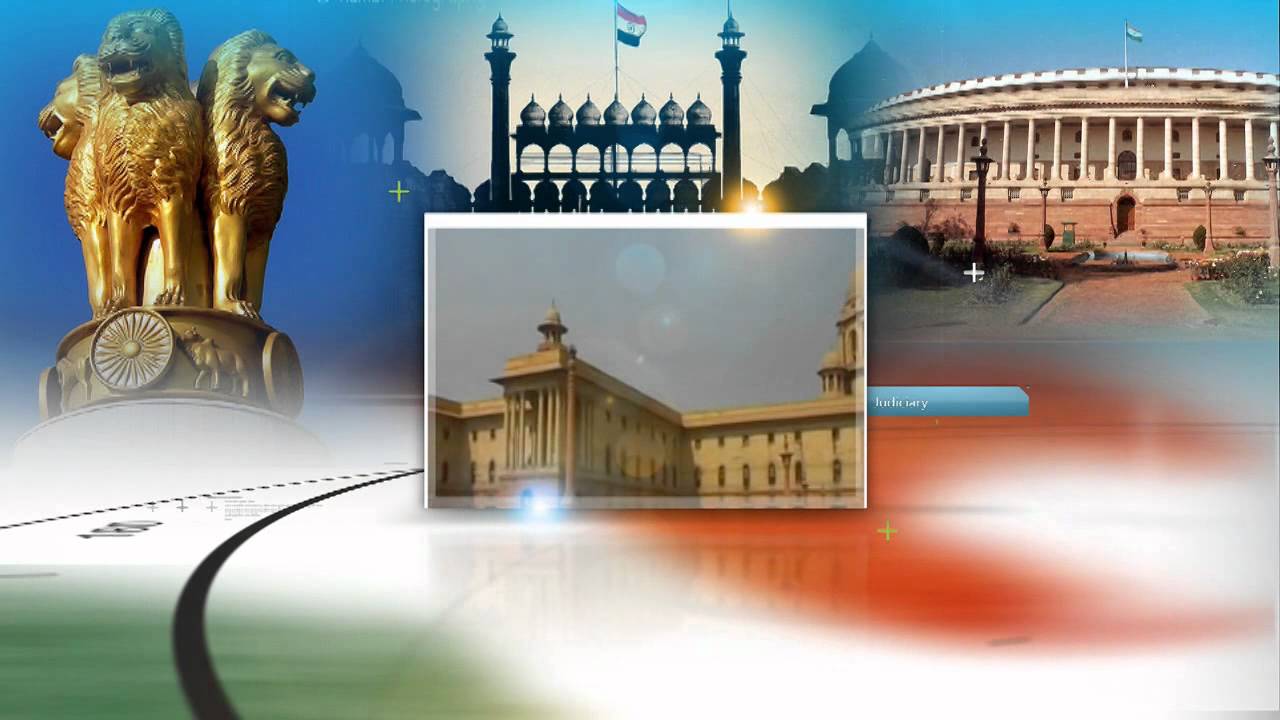Font size:
Print
India and Its Diaspora: Rethinking Dual Citizenship
Context:
Over the past 50 years, the movement of people across the world has been one of the most significant developments in global history, with India playing a central role.
More on News
- Since 1970, the number of international migrants has more than tripled, with their share of the world’s population rising to four per cent.
- India boasts the world’s largest diaspora, with over 3.5 crore Indians—roughly one in 40—residing abroad.
- India is also the largest recipient of migrant remittances, receiving nearly $130 billion annually—far surpassing the $42 billion generated through foreign direct investment.
Citizenship and Legal Framework
The constitutional provisions for citizenship in India are outlined in Part II (Articles 5 to 11) of the Indian Constitution.
Key Constitutional Articles:
- Article 5: Citizenship at the commencement of the Constitution. It includes individuals who were domiciled in India and either born in India, had a parent born in India, or were ordinarily resident in India for at least five years before January 26, 1950.
- Article 6: Provides citizenship rights to persons who migrated from Pakistan to India. This includes individuals who or whose parents or grandparents were born in India as defined by the Government of India Act, 1935.
- Article 7: Deals with citizenship rights of certain migrants to Pakistan. It addresses those who migrated to Pakistan but returned to India with a resettlement permit.
- Article 8: Covers persons of Indian origin residing outside India. It allows them to register as Indian citizens if they or their parents/grandparents were born in India.
- Article 9: States that a person who voluntarily acquires citizenship of a foreign state is not considered an Indian citizen.
- Article 10: Continuance of the rights of citizenship. It ensures that once a person is recognised as a citizen, they continue to enjoy citizenship rights unless otherwise specified by law.
- Article 11: Empowers Parliament to regulate the right of citizenship by law. This provision has led to the enactment of the Citizenship Act, 1955, and subsequent amendments.
Citizenship Act, 1955: The Citizenship Act, 1955, is the primary legislation governing the acquisition and termination of Indian citizenship. The Act has been amended several times to refine these provisions, including changes in 1986, 2003, 2005, and 2015. It provides for citizenship by:
- Birth: Conditions vary based on the period of birth and parents’ nationality.
- Descent: For individuals born outside India to Indian parents.
- Registration: For persons of Indian origin or those married to Indian citizens.
- Naturalisation: Requires a minimum of 12 years of residence in India.
Changing Landscape of Migration
- Various Factors: The unprecedented scale of migration has been driven by various push and pull factors, including economic disparities, demographic trends, and advancements in transportation and communication.
- Facilitating employment opportunities abroad has now become a key aspect of India’s foreign policy, with the Indian diaspora seen as an invaluable asset.
- However, the question remains: Are they being treated as such?
- High-Level Committee on the Indian Diaspora: With the 25th anniversary of the Report of the High-Level Committee on the Indian Diaspora approaching, it is time to revisit its recommendations.
- The Committee strongly advocated for dual citizenship, asserting that it would strengthen the Indian diaspora’s connection with their homeland.
- It found no legal or constitutional barriers to its implementation and highlighted global trends in favour of dual citizenship.
- Security concerns, the Committee argued, could be managed through appropriate measures.
- Its recommendations ultimately led to the introduction of the Overseas Citizenship of India (OCI) in 2005.
Need for Reappraisal
- Shifting Trend: The global migration climate is shifting, with borders tightening and the rights of non-citizens coming under threat in many developed countries.
- As a result, many Indian migrants feel compelled to acquire foreign citizenship to safeguard their security, freedom to travel, and property rights.
- While most would prefer to retain their Indian citizenship, they often have no choice but to renounce it, a decision that many find deeply distressing.
- Failed OCI: Although the OCI was initially welcomed by many, it has failed to meet expectations.
- The Indian government explicitly states that OCI is not a form of dual citizenship, and many Indians abroad perceive it as second-class status.
- OCI holders are ineligible to vote, hold public office, or purchase agricultural land.
-
- Moreover, the government increasingly treats OCI as a privilege rather than a right, with the ability to revoke it at its discretion.
- Recent policy changes have further equated OCI holders with foreign nationals in various professional fields, reinforcing the perception that the OCI lacks meaningful citizenship rights.
Path Toward Genuine Dual Citizenship
To implement genuine dual citizenship, key changes are required:
- Retaining Citizenship by Default: Instead of requiring Indians to renounce their citizenship when acquiring another, the default presumption should be that they retain it.
- Currently, OCI holders who wish to restore their Indian citizenship must navigate a complex process, which would be unnecessary under this model.
- Addressing Political Rights: While granting full voting rights to dual citizens is complex, solutions exist.
- Voting could be restricted to those who return to India to cast their ballots, as is already the case for Indian citizens abroad.
- Alternatively, India could explore overseas voting mechanisms, as some nations do.
- Similarly, while sensitive public service roles could be reserved for single-citizenship holders, dual citizens could be allowed to participate in local government and other non-sensitive public roles, ensuring they can contribute without posing security risks.
- Defining Exclusions with Justification: Any restrictions imposed on dual citizens should be based on clear, substantive reasons rather than arbitrary rules.
- If a second citizenship raises security concerns, these should be addressed through specific safeguards rather than blanket exclusions.


